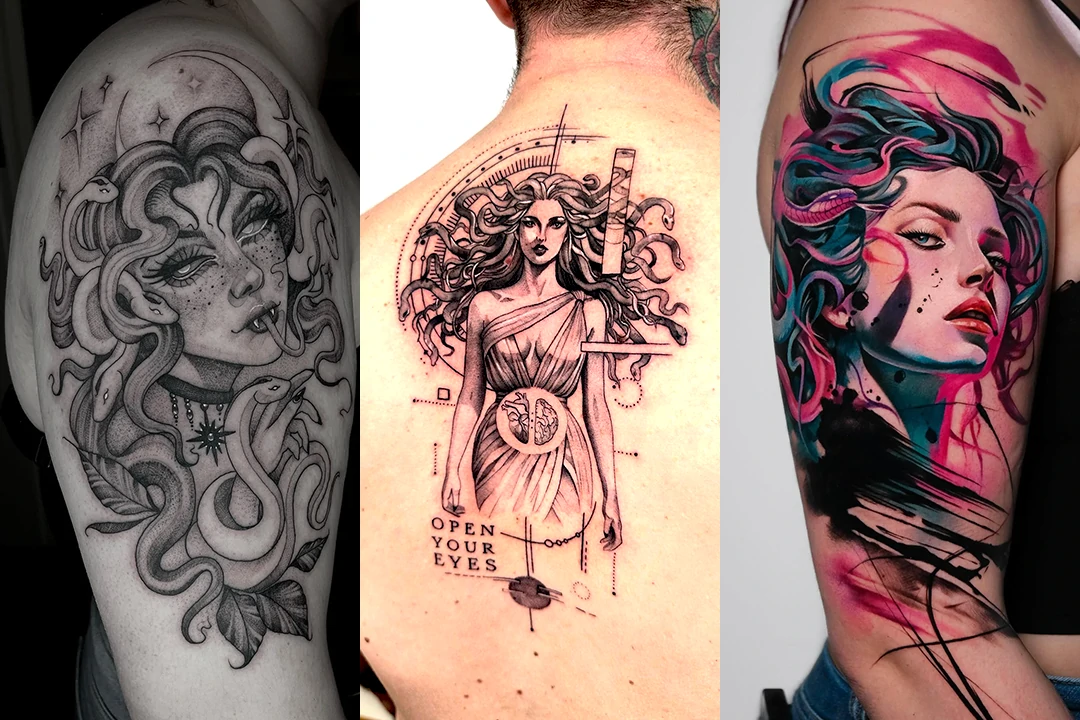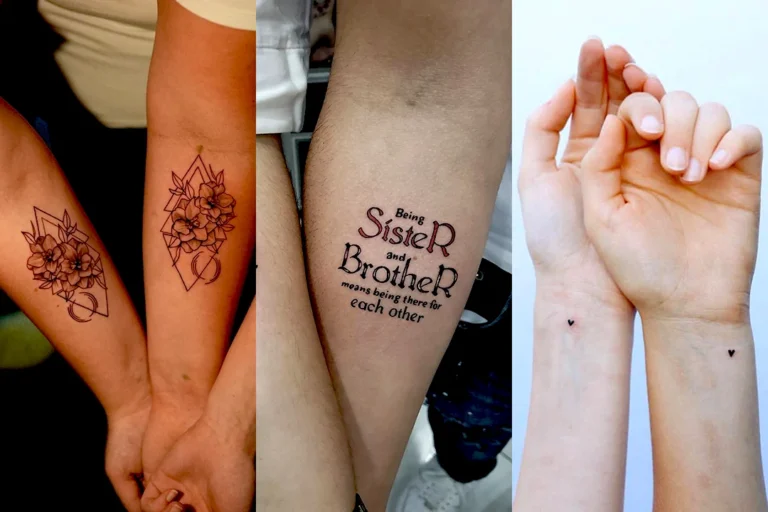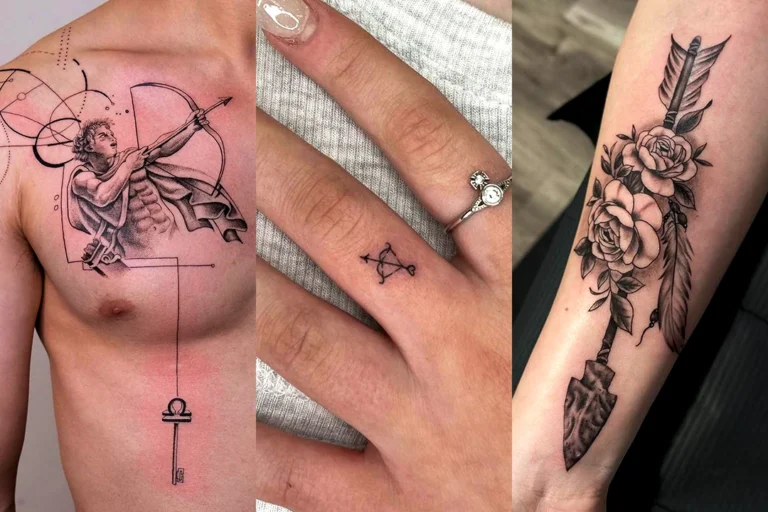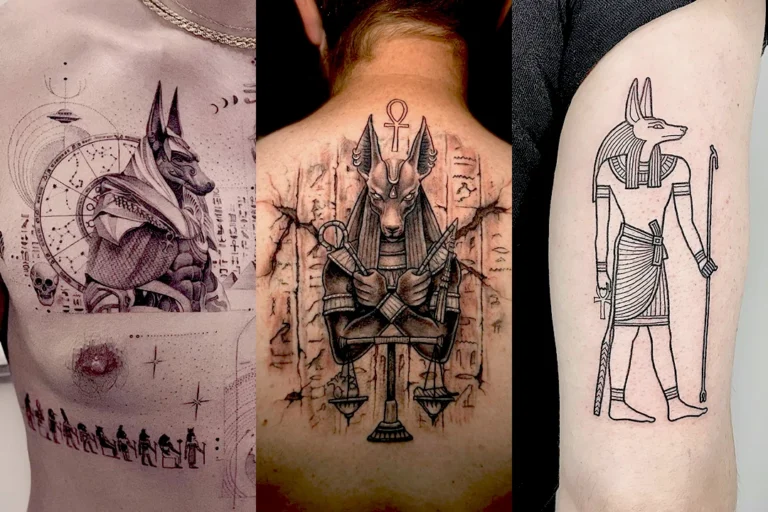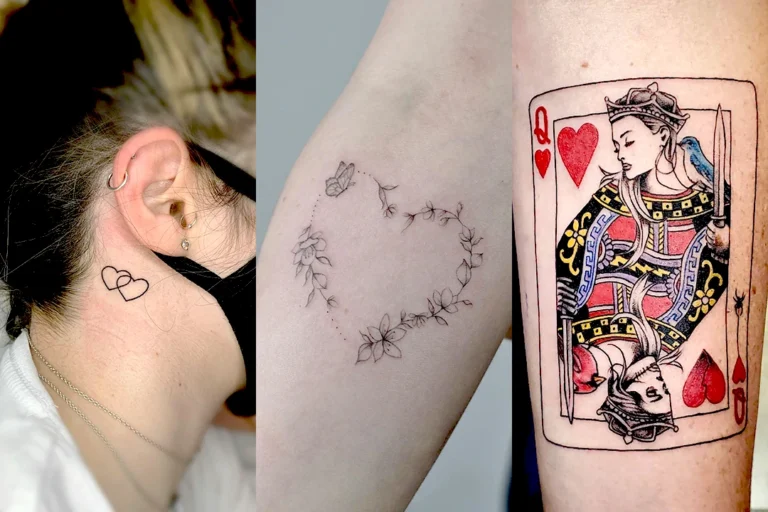In body art, opting for a Medusa tattoo is loaded with deep symbolism and history. This iconic figure from ancient mythology isn’t just a stunning subject for a tattoo but carries a wealth of meaning that resonates on multiple levels. Exploring the significance behind a Medusa tattoo can be as captivating as the designs themselves, especially when considering what a Medusa tattoo means for individuals seeking to express themselves through ink. From its roots in Greek mythology to the myriad interpretations in modern culture, the medusa motif is a powerful emblem of transformation, protection, and defiance.
Our exploration into Medusa tattoos will dive into the rich history and mythology that surround Medusa, shedding light on how these narratives contribute to the symbolism inherent in Medusa tattoos. We’ll cover popular Medusa tattoo designs and styles, from simple Medusa tattoos that whisper subtlety to grandiose Medusa back tattoos that shout complexity. Whether you’re considering a medusa hand tattoo, a small medusa tattoo on a discreet part of your body, or a dramatic medusa thigh tattoo, understanding the meaning of the medusa tattoo can influence your decision. Additionally, we’ll share crucial tips on what to consider before getting a Medusa tattoo, ensuring your tattoo looks fantastic and holds personal significance.
Captivating Medusa tattoo designs
Abstract Medusa
This design takes a more artistic approach, using abstract shapes and lines to depict Medusa’s face and snakes.

Realistic Portrait
For those seeking a more lifelike representation, a realistic portrait of Medusa can be a stunning choice.

Medusa in Profile
This design captures Medusa’s profile, emphasizing her unique facial features and the intricate details of her hair.

Medusa and Perseus
Depicting the mythological battle between Medusa and Perseus, this tattoo design highlights the clash between good and evil.

Medusa and Snakes
Focusing solely on the snakes that make up Medusa’s hair, this design creates a visually striking and symbolic tattoo.

Medusa’s Gaze
This design plays with the idea of Medusa’s gaze, with her eyes captivatingly staring out from the tattoo.

Medusa as a Warrior
Combining elements of Medusa and a warrior, this design represents strength, power, and resilience.

Medusa with Wings
Adding wings to Medusa’s figure symbolizes freedom and the ability to rise above adversity.

Medusa and Roses
Incorporating roses into a Medusa tattoo design adds a touch of beauty and femininity to the otherwise fierce image.

Medusa’s Serpent Crown
This design focuses on Medusa’s crown of snakes, showcasing the intricate details and symbolism.

Medusa in Mythical Landscapea
Placing Medusa in a mythical landscape, such as a Greek temple or enchanted forest, adds an extra layer of storytelling to the tattoo.

Medusa with Medallion
Including a medallion in the design can symbolize protection and ward off evil.

Medusa in Black and Grey
Opting for a black and grey tattoo design can create a more subtle and sophisticated look.

Medusa with Geometric Patterns
Combining Medusa with geometric patterns adds a contemporary twist to the tattoo design.

Medusa and the Moon
Incorporating the moon into a Medusa tattoo design represents life’s cyclical nature and femininity’s power.

Medusa as a Mermaid
This design combines Medusa with the mythical mermaid, creating a unique and enchanting tattoo.

Medusa’s Third Eye
Adding a third eye to Medusa’s forehead symbolizes heightened intuition and inner wisdom.

Medusa and the Ocean
Placing Medusa in an oceanic setting symbolizes her connection to water and the depths of emotion.

Medusa’s Snake Bracelet
This design focuses on Medusa’s snake bracelet, highlighting the intricate details and symbolism of the accessory.

Medusa as a Sleeve Tattoo
A Medusa sleeve tattoo can tell a complete story and showcase the artist’s creativity for those seeking a more significant piece.







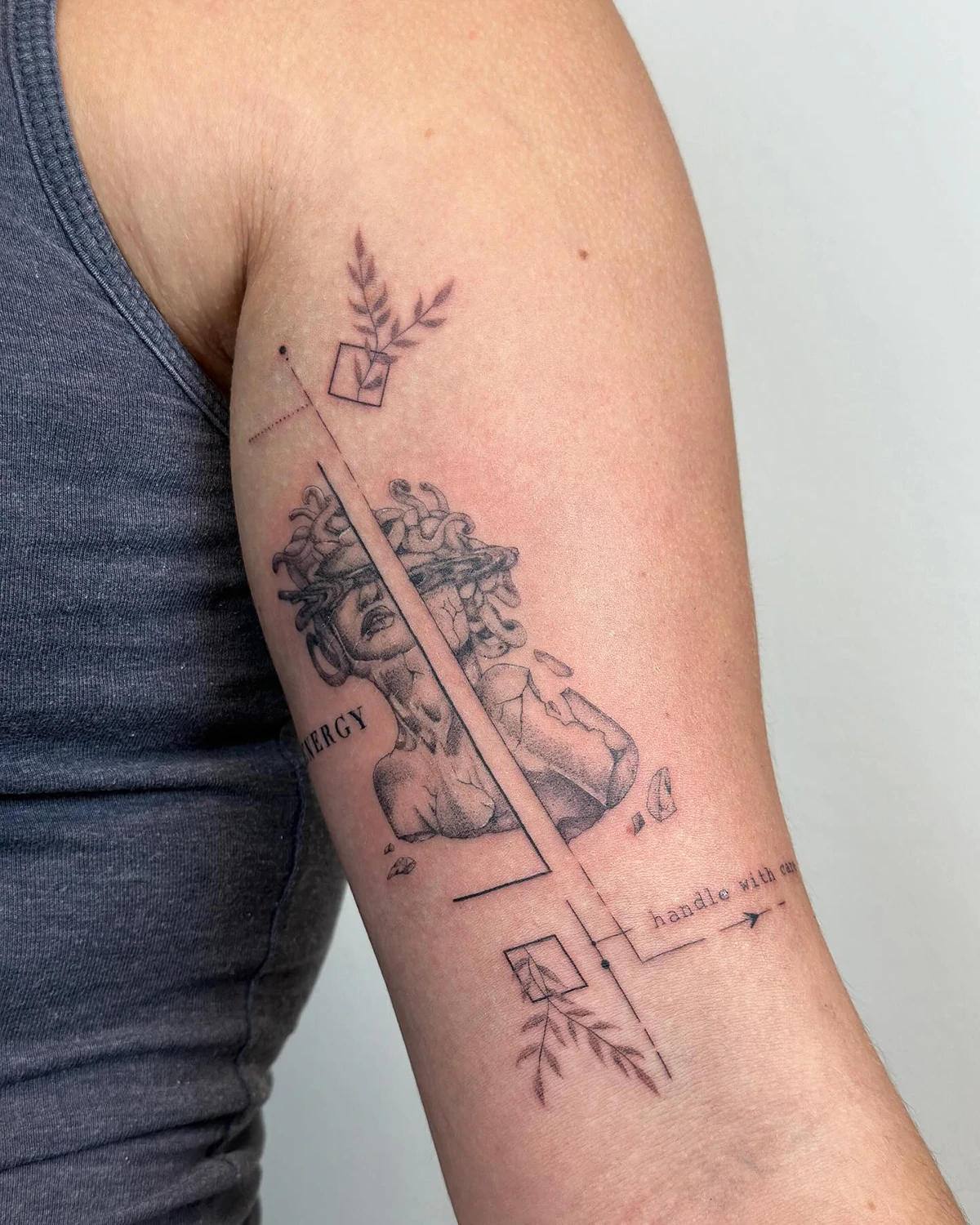

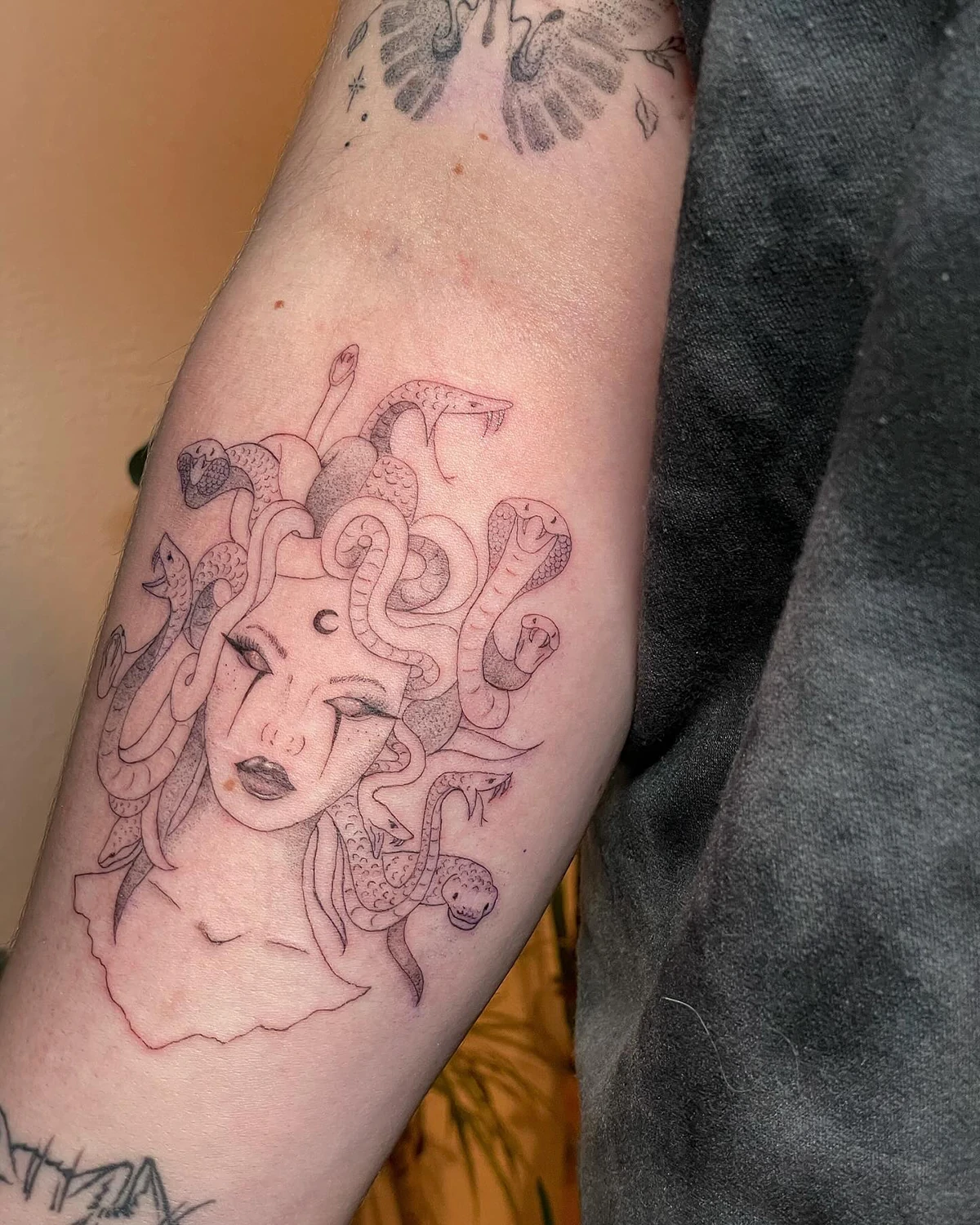

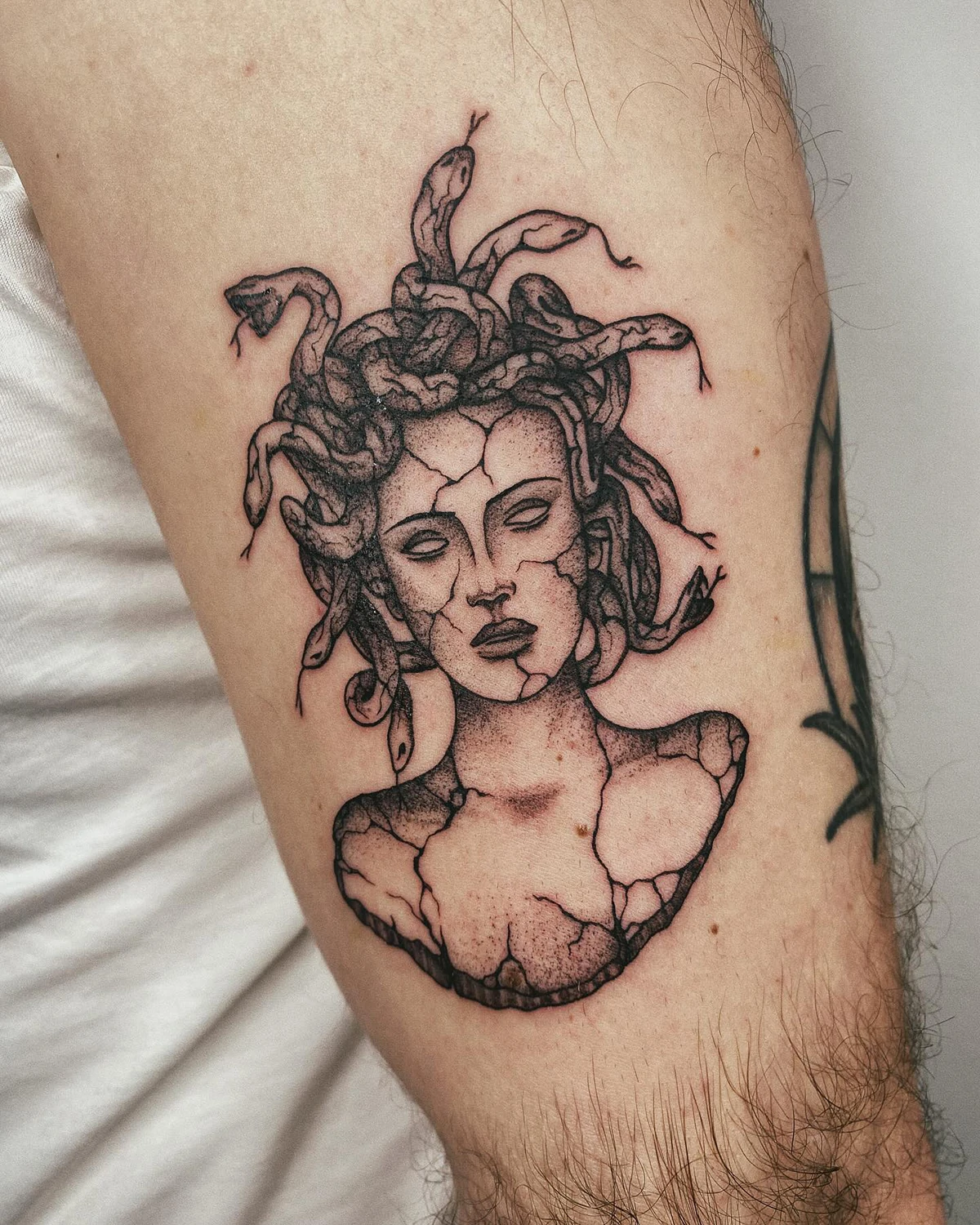
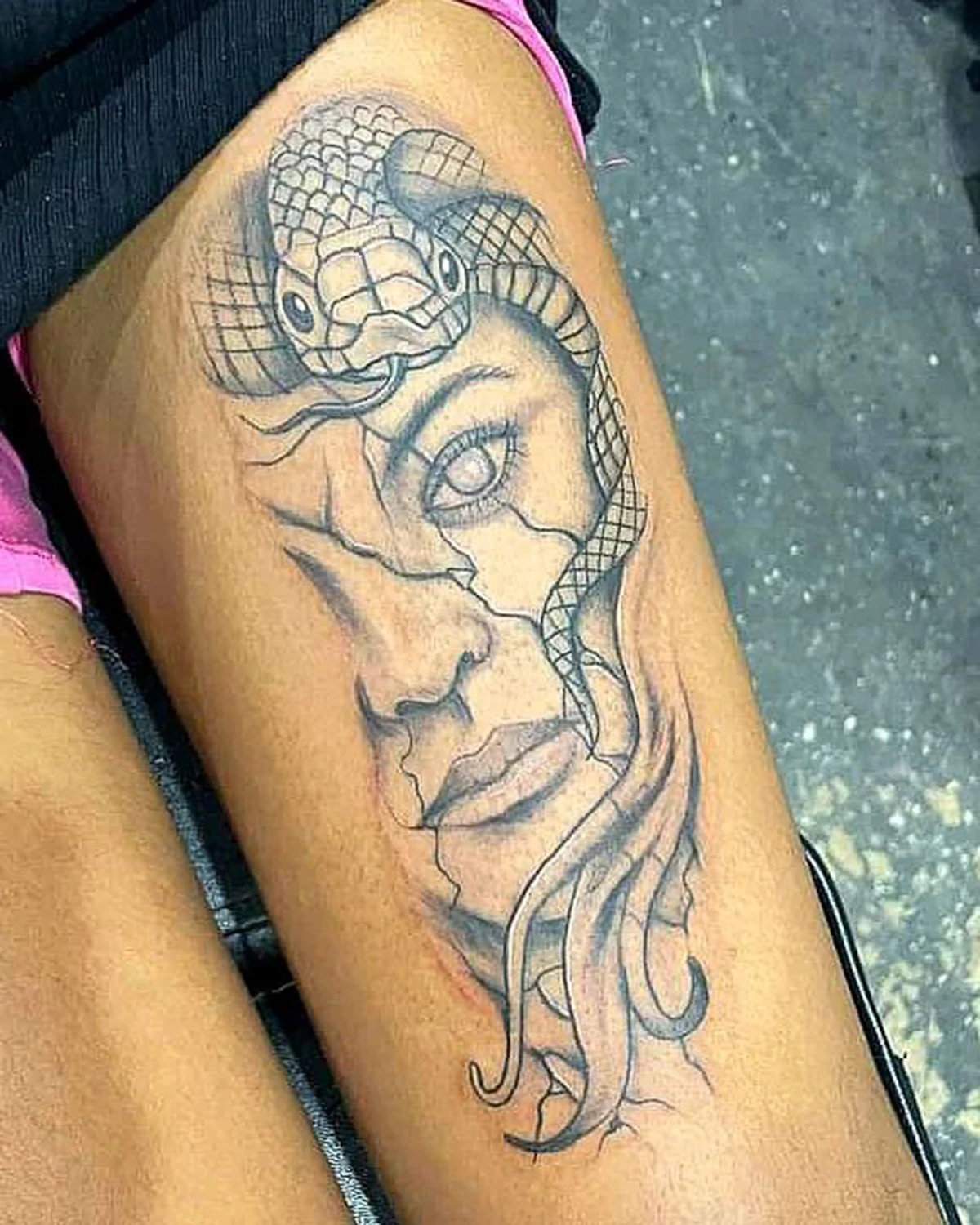

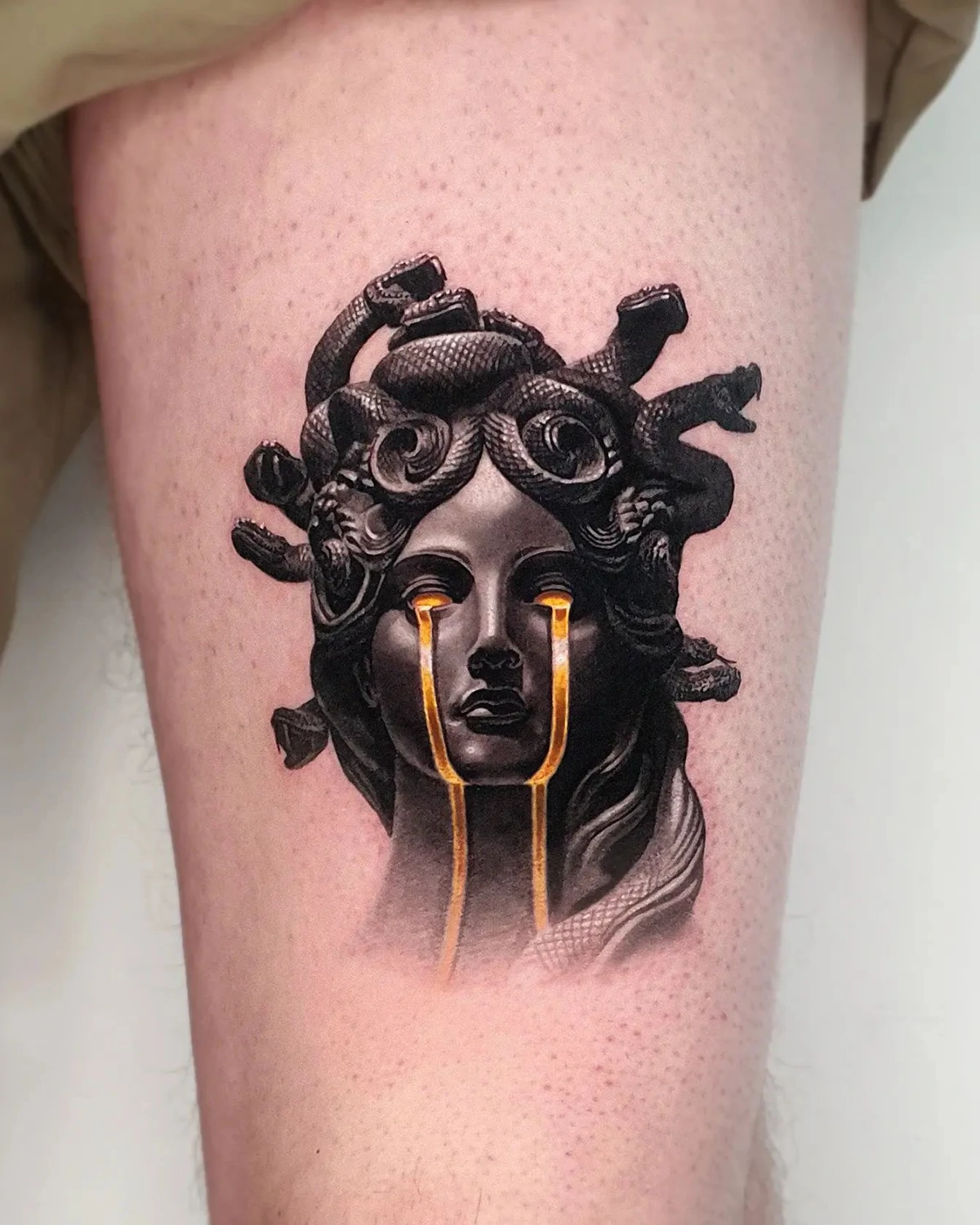
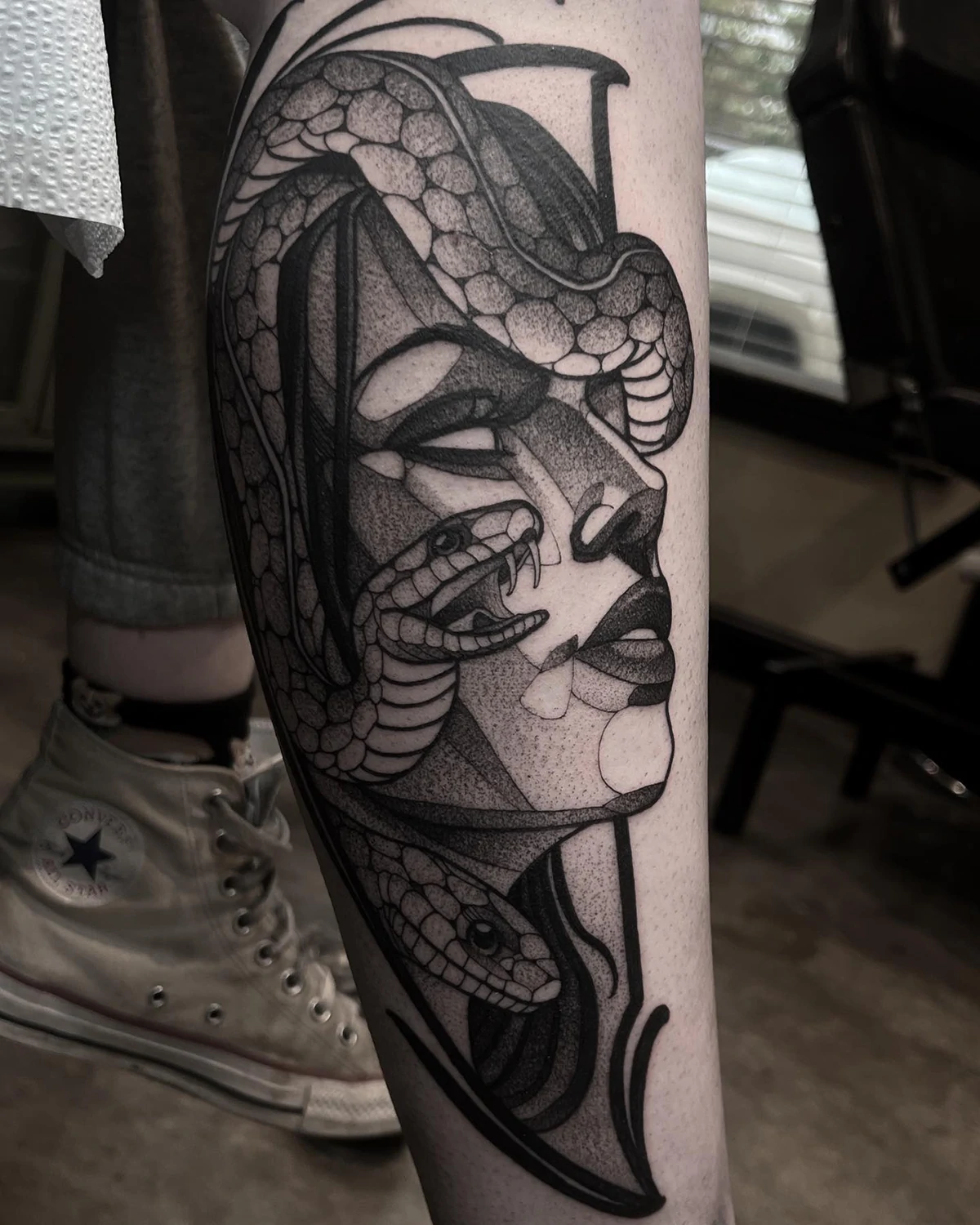

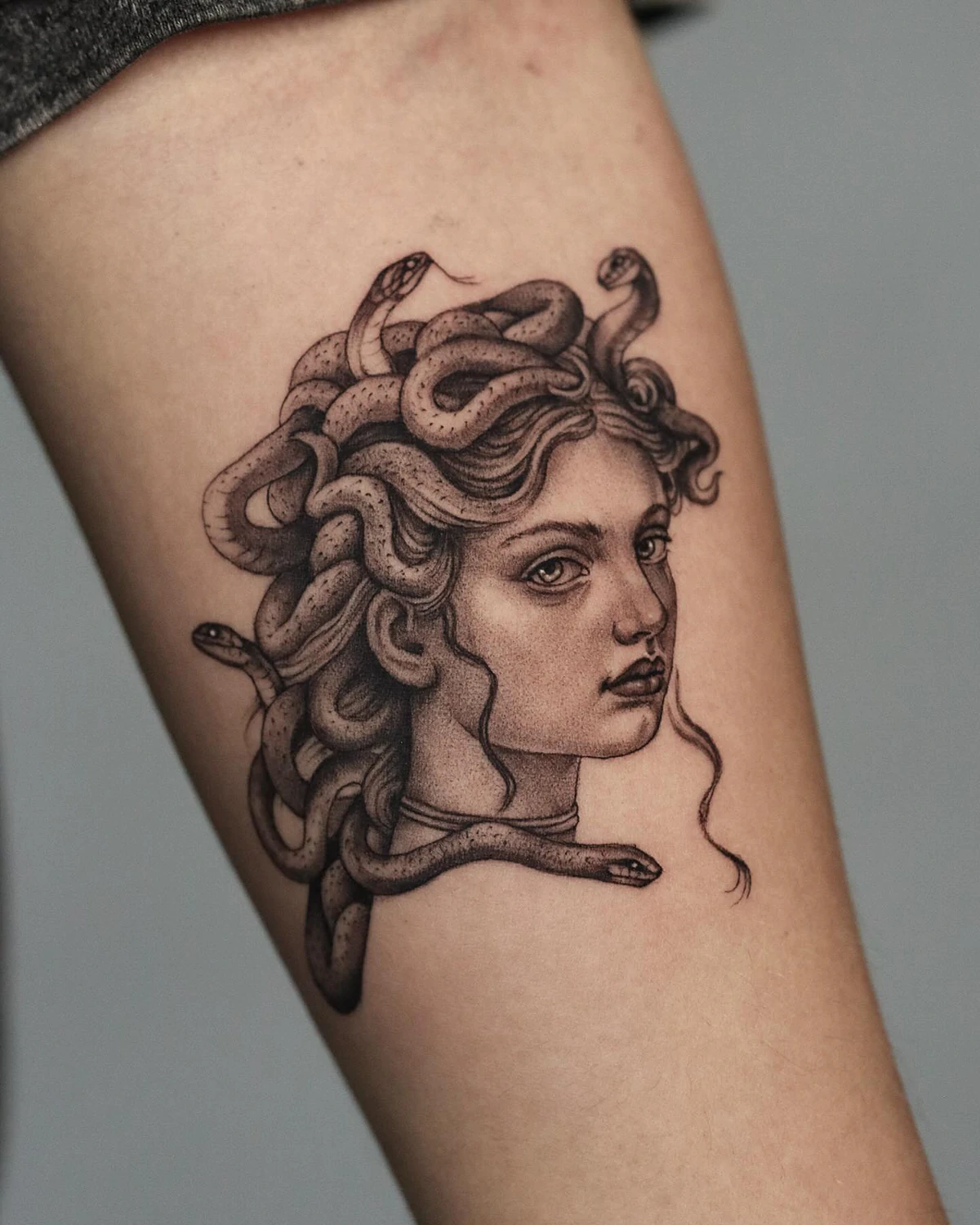
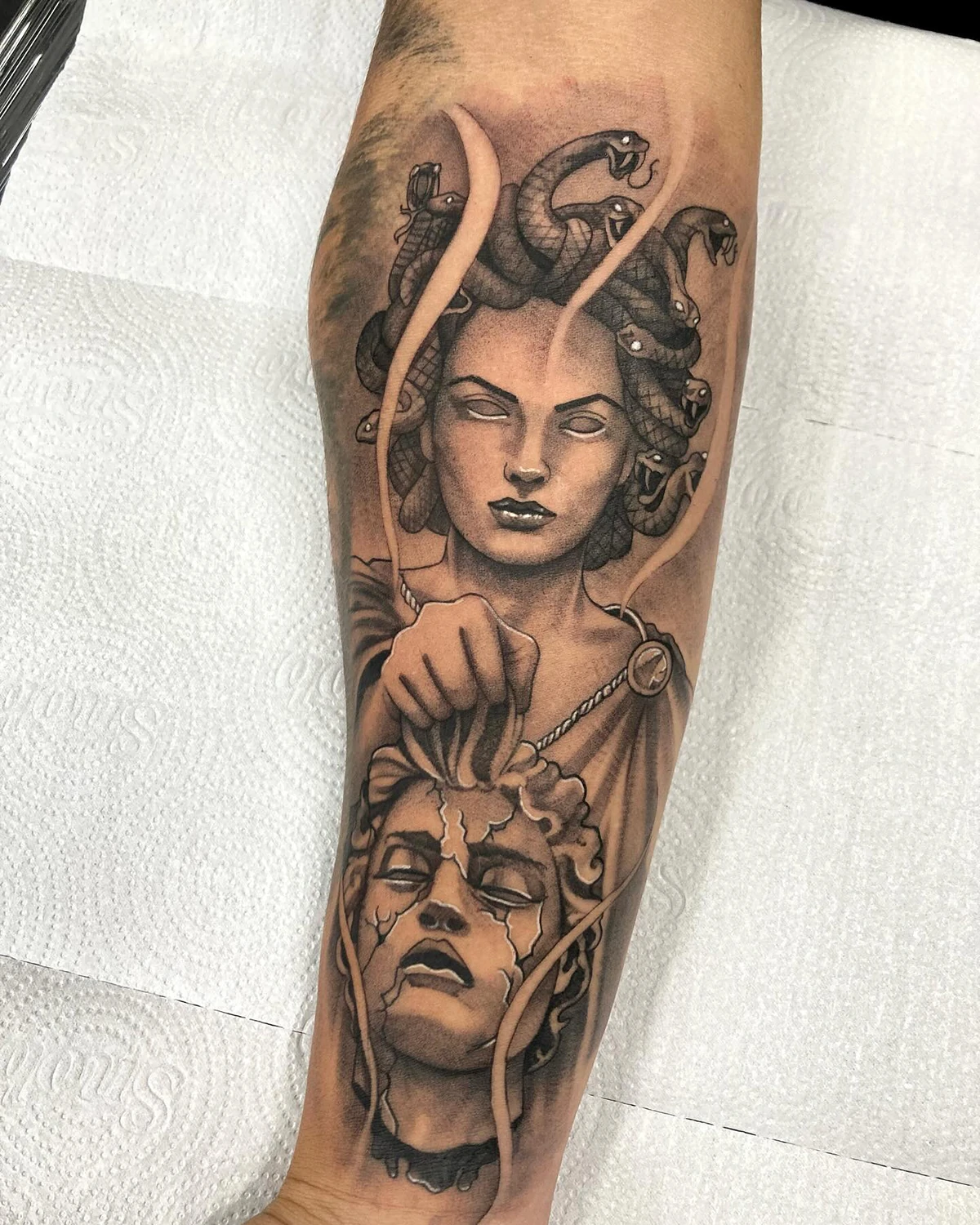
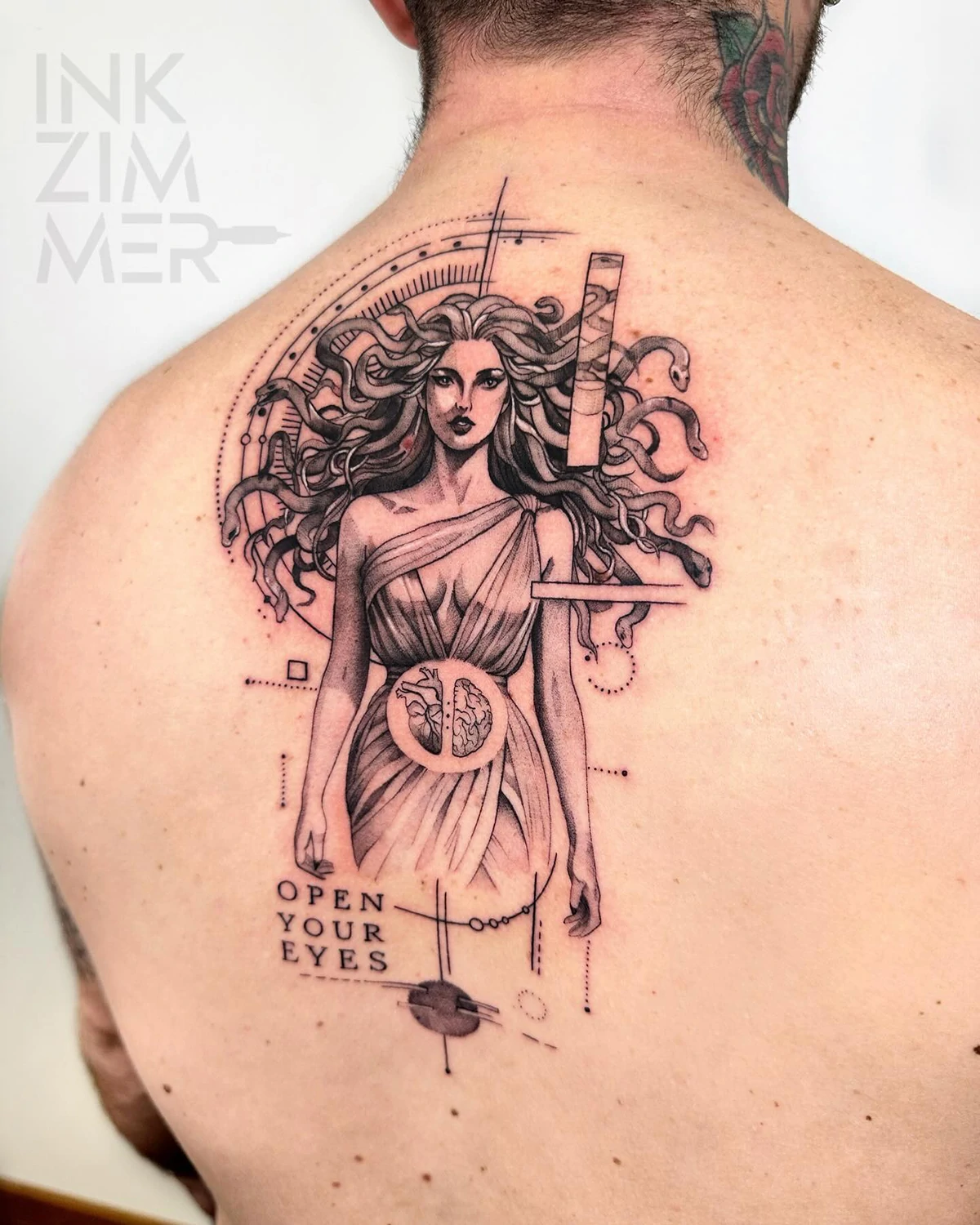
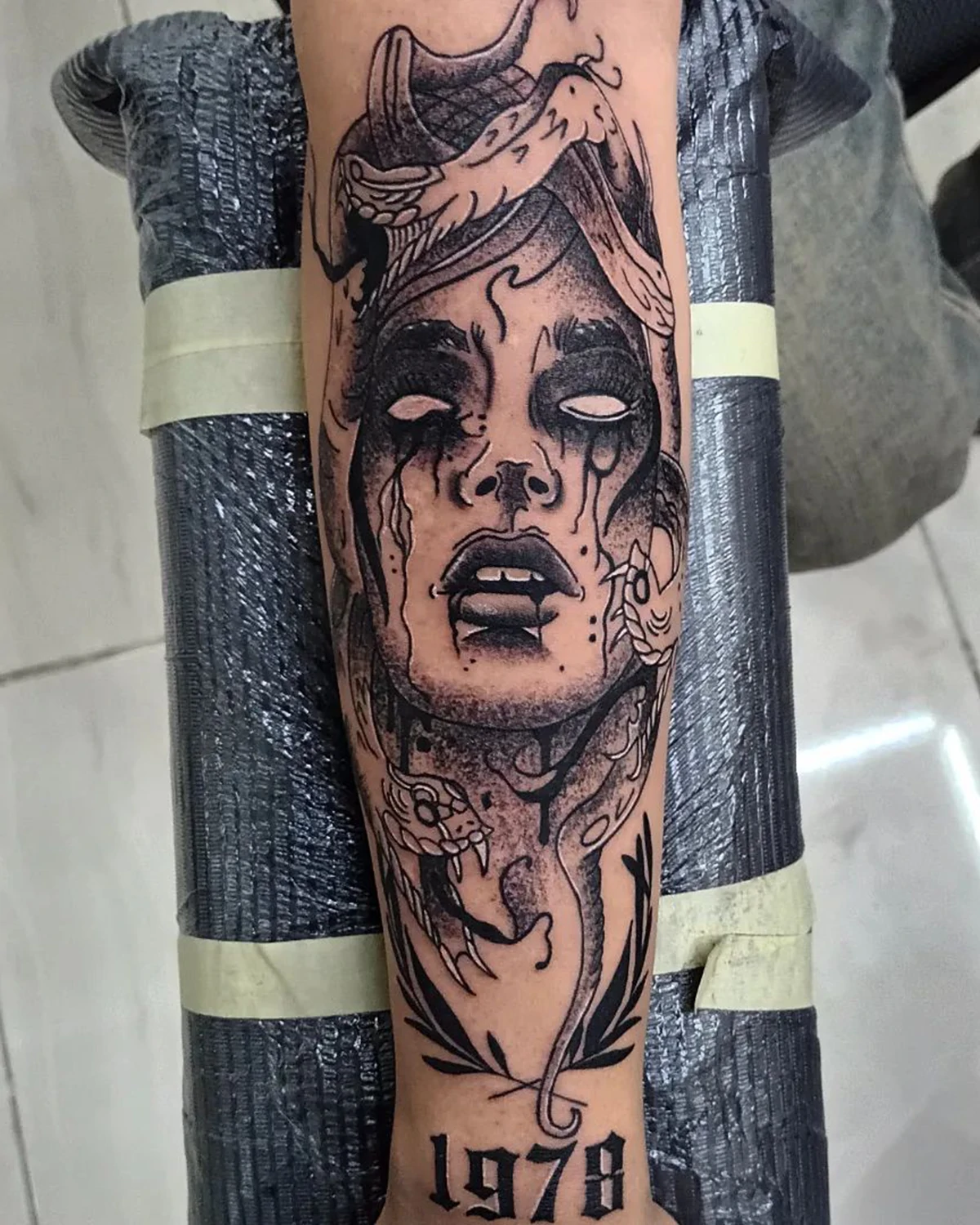


Wireless Tattoo Pen Machine with 7 Stroke Length

The History and Mythology of Medusa
Medusa’s Origin Story
Medusa, often recognized for her hair made of snakes and her gaze that turned onlookers to stone, is a figure shrouded in mystery and tragedy. Originating from Greek mythology, she is one of the three Gorgon sisters; Medusa was mortal, while her sisters, Stheno and Euryale, were immortal. According to ancient texts like Hesiod’s Theogony, Medusa was born to the primordial sea gods Phorkys and Keto. Her story is deeply intertwined with beauty, violation, and vengeance themes.
The most famous myth involving Medusa recounts her encounter with Perseus. Tasked with retrieving her head as a gift for a king, Perseus used divine tools provided by the gods, including Athena’s polished shield, to avoid Medusa’s deadly gaze, ultimately beheading her. This act unleashed mythical beings from her severed neck, including the winged horse Pegasus and the giant Chrysaor.
Interpretations in Greek vs. Roman Mythology
Medusa’s portrayal varies significantly between Greek and Roman mythology. In early Greek descriptions, such as those by Hesiod and Homer, Medusa, and her sisters are depicted as monstrous from the start, born with features that instill fear and horror. However, the Roman poet Ovid introduced a pivotal shift in her narrative, transforming her from a monster into a tragic figure.
In Ovid’s Metamorphoses, Medusa is described as a beautiful maiden, a priestess of Athena who took a vow of celibacy. Her life took a tragic turn when Poseidon, enchanted by her beauty, raped her in Athena’s temple. This desecration provoked Athena’s wrath, not towards Poseidon, but towards Medusa, transforming her into the monstrous figure with serpentine hair known widely today. This narrative twist highlights themes of injustice and transformation, making Medusa not just a creature to be feared but also a symbol of victimization.
The Roman adaptations often emphasized the heroism and cunning of Perseus over the tragedy of Medusa, reflecting a cultural penchant for celebrating martial prowess over personal misfortune. The nuances in these myths reflect broader societal values and the differing lenses through which the ancients viewed divine retribution and human suffering.
In both traditions, Medusa’s story serves as a profound commentary on the interplay between beauty, power, and vengeance and continues to be a powerful symbol in cultural and artistic expressions.
Symbolism of Medusa Tattoos
Medusa tattoos carry a rich tapestry of meanings deeply rooted in mythology and modern interpretations that resonate with many. Here, we delve into the multifaceted symbolism of Medusa tattoos, exploring their significance as protectors, emblems of survival, and icons of feminism and empowerment.
Medusa as a Symbol of Protection
Many choose a Medusa tattoo for its protective qualities. The legend that Medusa’s gaze could turn onlookers into stone positions her as a formidable guardian. This aspect makes the Medusa tattoo popular for those seeking a symbol of defense against negativity or harm. It’s about warding off physical threats and shielding oneself from negative energy and life influences.
Medusa Representing Sexual Assault Survivors
Survivors of sexual assault have particularly embraced Medusa’s story. Historically depicted as a victim of Poseidon’s assault, Medusa’s transformation into a monster with venomous snakes for hair and a petrifying gaze is a poignant emblem of the consequences of such violence. For survivors, adopting her image as a tattoo can be a powerful statement of reclaiming one’s narrative, dispelling the stigma of victimhood, and embracing Medusa as a symbol of strength and resilience. This tattooing can be seen as turning a moment of pain into a permanent representation of survival and defiance.
Connection to Feminism and Female Empowerment
Medusa has also become an icon within the feminist movement, symbolizing the rejection of conventional beauty standards and the resistance against the male gaze. Her ability to turn men to stone with just a look serves as a metaphor for a woman’s power to resist being objectified. For many, Medusa represents the struggle against patriarchal oppression and the celebration of female autonomy, strength, and resilience. In this way, Medusa tattoos often signify solidarity among women, serving as a badge of empowerment and a declaration of independence from societal expectations.
These layers of meaning make Medusa tattoos a profound choice for many, embodying protection, empowerment, and survival themes. Whether as a personal symbol or a shared emblem, they resonate with many experiences and beliefs, making them a compelling choice for those looking to make a statement through their body art.
Popular Medusa Tattoo Designs and Styles
Exploring the various Medusa tattoo designs reveals a spectrum of styles, each bringing its unique flair to this mythological symbol. From the hauntingly realistic to the abstract and stylized, the choices are as diverse as the stories they tell.
Common styles: realistic, illustrative, fine-line
For those who want their Medusa tattoo to appear as though it could come to life at any moment, realism is the style of choice. This technique focuses on lifelike details, capturing every scale of Medusa’s serpentine hair and the intense depth of her gaze. The realistic style is perfect for those looking to make a bold statement with their body art.
Moving towards a more artistic interpretation, illustrative Medusa tattoos offer a blend of realism and creative design. These tattoos often feature bold lines and vibrant colors, making Medusa’s features pop against the skin. This style allows for more expressive freedom, turning the tattoo into wearable art.
For a more delicate approach, fine-line Medusa tattoos are growing in popularity. This style uses thin, precise lines to create a detailed yet subtle depiction of Medusa, focusing on elegance and simplicity. It’s ideal for smaller tattoos or those who prefer a minimalist aesthetic.
Design elements: snake hair, piercing gaze
The most iconic element of any Medusa tattoo is undoubtedly her snake hair. Depending on the chosen tattoo style, this feature can be styled in numerous ways. In black and white designs, the contrast between light and dark can emphasize the sinuous forms of the snakes, adding a dramatic effect. For a more vibrant and dynamic interpretation, colorful tattoos bring the snakes to life with bright hues, enhancing the mythical nature of Medusa.
Another critical element is Medusa’s piercing gaze, a subject of fascination and fear. In tattoos, this feature is often highlighted to capture the essence of Medusa’s power. Whether through detailed realistic eyes in a black and grey tattoo or abstract, surreal eyes in an illustrative style, the gaze is central to the impact of the design.
Each style and design element of Medusa tattoos uniquely conveys personal meaning and artistic expression. Whether you’re drawn to the protective symbolism, the feminist iconography, or the aesthetic appeal, a Medusa tattoo can be a profound and personal piece of art.
Things to Consider Before Getting a Medusa Tattoo
When we decide to adorn our bodies with a Medusa tattoo, it’s crucial to consider the design and practical aspects of getting inked. Here are key points to ponder before making this significant decision.
Choosing the Right Tattoo Artist
Finding the perfect tattoo artist is pivotal. We should spend ample time researching to ensure that the artist resonates with our aesthetic preferences and understands the deep symbolism associated with a Medusa tattoo. Here are some factors to keep in mind:
- Skill and Experience: Opt for an artist with a solid track record and plenty of experience, especially in styles you’re drawn to.
- Specialty: If you’re looking for a specific style, like Realism or Old School, make sure the artist specializes in that genre.
- Budget: Determine your budget beforehand, but remember, quality comes at a cost. Artists generally charge based on their skill level, the complexity of the design, and the time it will take.
- Location and Availability: Consider how far you’re willing to travel and check the artist’s availability. Famous artists may require you to book months in advance.
- Personal Comfort: For many, selecting an artist they feel comfortable with, possibly even a female artist, can make the experience more empowering and secure.
Tattoo Placement and Visibility
The placement of a Medusa tattoo affects its appearance and its symbolism. Each location on the body can offer a different context and impact:
- Arm: Ideal for visibility and concealment, allowing for detailed upper arm or forearm designs.
- Back: Provides a large canvas suitable for elaborate designs, making it perfect for a more dramatic depiction of Medusa.
- Thigh: Offers a unique, curved canvas that can be concealed or revealed according to preference. It’s also fitting for designs that incorporate feminine elements.
- Chest: Great for intricate and prominent designs, easily covered or displayed.
- Wrist: Suitable for smaller, more subtle designs, making the tattoo visible and allowing the snakes in Medusa’s hair to wrap artistically around the wrist.
Additionally, consider the visibility of your tattoo and how comfortable you are with it being a conversation starter. Locations like the neck or hand can invite more inquiries, which can be an excellent opportunity to share the story and symbolism behind your tattoo.
By carefully selecting both the artist and the placement of your Medusa tattoo, you ensure that your tattoo not only looks spectacular but also holds a profound personal significance that resonates with the mythology and symbolism of Medusa.
Conclusion
Throughout this exploration of Medusa tattoos, we’ve delved deeply into the rich tapestry of mythology, symbolism, and artistic expression surrounding this iconic figure. From Medusa’s tragic origins in Greek mythology to her adoption as a symbol of protection, resilience, and feminist empowerment, it’s clear that the allure of Medusa’s tattoos goes beyond mere aesthetics. Whether drawn to the protective qualities, a personal connection to the narratives of survival, or the potent symbolism of defying the male gaze, individuals find in Medusa a multifaceted emblem that resonates with profound significance.
As you imprint Medusa’s image upon your skin, remember the importance of thoughtful consideration in every aspect of the process—from selecting the right artist and style to choosing a meaningful placement on your body. Medusa’s story teaches us about transformation and power, offering a mirror to our potential for change and strength in adversity. In choosing a Medusa tattoo, you carry forward an ancient myth and a personal symbol of your resilience and power, an indelible mark of who you are and who you aspire to be.
FAQs
- What is the more profound significance of a Medusa tattoo? A Medusa tattoo generally symbolizes survival, particularly in the context of overcoming sexual abuse, assault, or rape. It is also commonly seen as a protective emblem against evil and negativity.
- What does Medusa represent in symbolic terms? Medusa is often interpreted as an apotropaic symbol, which means she is used to ward off and protect against negative influences, similar to the evil eye. Her image, representing a formidable threat, is intended to repel other dangers, embodying the concept of using evil to deter evil.
- What is Medusa’s spiritual symbolism in modern contexts? Medusa is revered as a symbol of feminine power, transformation, and protection in contemporary witchcraft and spiritual practices. She embodies the wild and untamed forces of nature and is considered a representation of the feminine divine.
